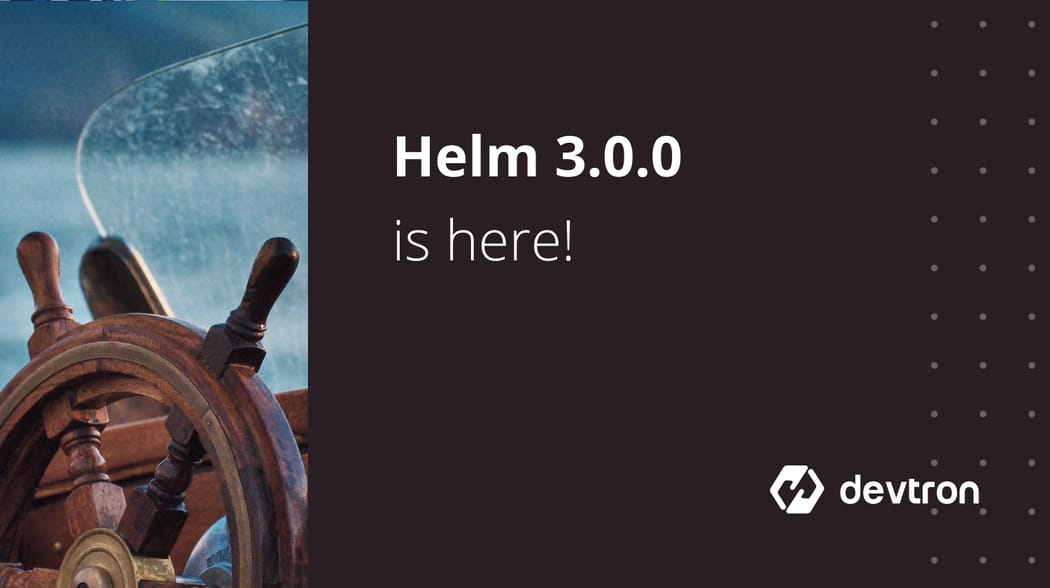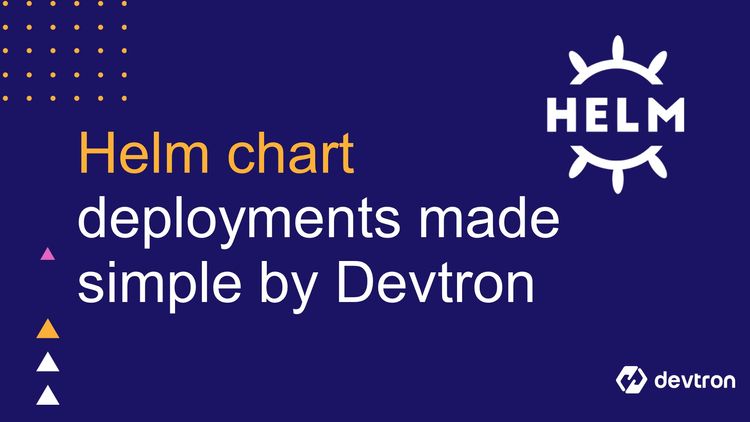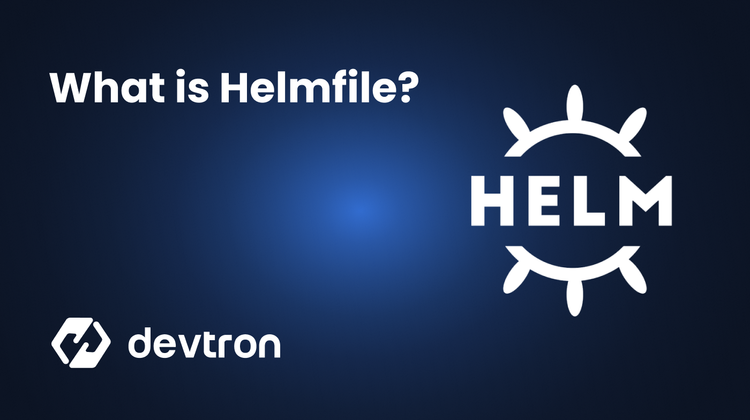1. Helm 3 removes Tiller, making Kubernetes deployments more secure and RBAC-driven.
2. Releases are namespace-scoped, reducing risks and improving multi-tenant usage.
3. 3-way strategic merge patches help reconcile configurations more intelligently.
4. OCI registry support brings Helm closer to container image distribution practices.
5. Helm 2 vs Helm 3 comparison highlights improved security, flexibility, and usability.
Introduction to Helm 3
Helm is the package manager for Kubernetes, simplifying application deployments through charts. Helm 3 is a major release that replaces Helm 2, addressing long-standing security and usability issues while adding powerful new features.
The community has documented the official Helm 2 to Helm 3 differences here, but in this article, we’ll summarize the most important changes and explain how they improve the Kubernetes developer and operator experience.

1. Tiller Is Gone! (Security Improvements)
One of the biggest changes in Helm 3 is the removal of Tiller.
- In Helm 2, Tiller ran inside the cluster with cluster admin privileges, which created security concerns.
- Helm 3 no longer requires Tiller. Instead, it leverages Kubernetes RBAC directly through the kubeconfig file.
- This gives administrators finer-grained access control over who can install or manage Helm releases.
Multiple clients can still view the same releases using in-cluster storage drivers like Secrets and ConfigMaps.
Why this matters: Helm 3’s removal of Tiller aligns better with Kubernetes security practices and reduces attack surfaces.
2. 3-Way Strategic Merge Patches (Smarter Upgrades)
Helm 3 introduced 3-way strategic merge patches to handle upgrades more effectively.
This means when you apply a new configuration:
- Helm compares it against the original manifest and the live configuration.
- Conflicting changes are resolved intelligently — preserving user modifications unless explicitly overridden.
- Map-type keys are merged instead of replaced, preventing accidental overwrites.
This ensures safer upgrades without unintentionally breaking live workloads.
To understand how it will work, assume we havethe original configuration
kind: Deployment
spec:
containers:
- resources:
requests:
memory: "64Mi"
cpu: "250m"It was modified directly; therefore live configuration is
kind: Deployment
spec:
containers:
- resources:
requests:
memory: "128Mi"
cpu: "500m"Now, when we apply the new configuration
kind: Deployment
spec:
containers:
- resources:
requests:
memory: "256Mi"
cpu: "250m"The final live configuration will be
kind: Deployment
spec:
containers:
- resources:
requests:
memory: "256Mi" -- taken from new configuration
cpu: "500m" -- taken from live configurationAnother important point to note is that it applies a strategic patch. What it means is that for keys of map type, patch operation will result in a merge operation and not a replace. For more details on the strategic merger, please check here.
To understand how it will work, assume we have the original configuration:
kind: Service
spec:
selector:
app: MyAppNow, when we apply the new configuration:
kind: Service
spec:
selector:
pod-hash: my-hashThe final live configuration will be:
kind: Service
spec:
selector:
pod-hash: my-hash
app: MyAppAs you can see, this is a merge operation and not a replacement
3. Namespace-Scoped Releases
In Helm 2, release metadata was stored in the kube-system namespace.
In Helm 3:
- Releases are namespace-scoped.
- The same release name can exist in different namespaces.
- Release information is stored in the respective namespace, reducing risks in multi-tenant clusters.
This makes Helm 3 more secure and flexible for organizations managing multiple teams or environments.
4. Helm 3 as a Go Library (Developer-Friendly)
For developers building DevOps tools on top of Helm, Helm 3 brings:
- Cleaner Go APIs and libraries.
- A new import path:
helm.sh/helm/v3(instead ofk8s.io/helm).
This makes it easier to integrate Helm into custom automation pipelines.
5. JSON Schema Chart Validation
Helm 3 lets chart maintainers enforce schema validation with JSON schemas.
- You can define mandatory fields, value types, and patterns.
- Validation is enforced during:
helm installhelm upgradehelm templatehelm lint
This prevents users from passing invalid values into Helm charts.
{
"$schema": "https://json-schema.org/draft-07/schema#",
"properties": {
"image": {
"description": "Container Image",
"properties": {
"repo": {
"type": "string"
},
"tag": {
"type": "string",
"pattern": "^Tag-\\.[0-9]{3}\\.[0-9]{3}\\.[0-9]{3}$"
}
},
"required": [
"repo","tag"],
"type": "object"
}
},
"required": [
"image"
],
"type": "object"
}6. Library Chart Support (Code Reuse)
Helm 3 introduces library charts that:
- Contain reusable snippets of code.
- Can be shared across multiple charts without being deployed as standalone releases.
This promotes chart standardization and reuse in large organizations.
7. Pushing Charts to OCI Registries
Helm 3 adds OCI registry support (initially experimental).
- Charts can be stored and distributed via OCI-compliant registries.
- Based on the Docker distribution project.
- Leverages hardened container registry security practices.
This makes Helm chart distribution more consistent with container image management.
8. Helm 3 and CRDs (Custom Resource Definitions)
Helm 3 improves the way it handles CRDs:
- CRDs are no longer upgraded automatically, avoiding disruptions.
- CRD installation is handled separately, ensuring compatibility and stability.
This change prevents accidental overwrites of critical CRDs during upgrades.
Helm 2 vs Helm 3: Key Differences
| Feature | Helm 2 | Helm 3 |
|---|---|---|
| Tiller | Required, cluster-admin | Removed |
| Release Scope | Cluster-wide (kube-system) | Namespace-scoped |
| Security | Broad permissions | Uses kubeconfig & RBAC |
| CRD Handling | Automatic upgrades | Safer, manual handling |
| Validation | Limited | JSON schema support |
| OCI Support | Not supported | Supported |
| Library Charts | Not available | Available |
Helm 3 focuses on security, flexibility, and extensibility, addressing the limitations of Helm 2.
How to Install Helm 3
You can install Helm 3 by following the official installation guide.
Basic steps:
curl -fsSL -o get_helm.sh https://raw.githubusercontent.com/helm/helm/main/scripts/get-helm-3
chmod 700 get_helm.sh
./get_helm.sh
Once installed, verify with:
helm version
Conclusion
Helm 3 is a game-changer for Kubernetes package management. By removing Tiller, introducing namespace-scoped releases, schema validation, OCI support, and more, Helm 3 is more secure, reliable, and flexible than its predecessor.
If you’re still using Helm 2, now is the time to migrate to Helm 3 for long-term support and modern Kubernetes compatibility.
At Devtron, we’re building an Agentic AI feature that will take Helm chart management, GitOps, and Kubernetes automation to the next level. Stay tuned for updates!
FAQ
What Are the Key Differences Between Helm 2 and Helm 3?
Helm 3 removes Tiller for improved security, introduces 3-way strategic merge patches, and supports namespace-scoped releases and JSON Schema validation for better flexibility and control.
How Does the 3-Way Strategic Merge Work in Helm 3?
Helm 3 merges modified configurations with original ones, preserving changes and preventing conflicts, ensuring accurate deployment updates.
What Is the Benefit of Namespace-Scoped Releases in Helm 3?
Helm 3 stores release information within specific namespaces, enhancing security and enabling better management across different namespaces.
How Does JSON Schema Chart Validation Work in Helm 3?
Helm 3 allows chart maintainers to enforce JSON schema rules, ensuring valid values and improving chart configuration reliability.









